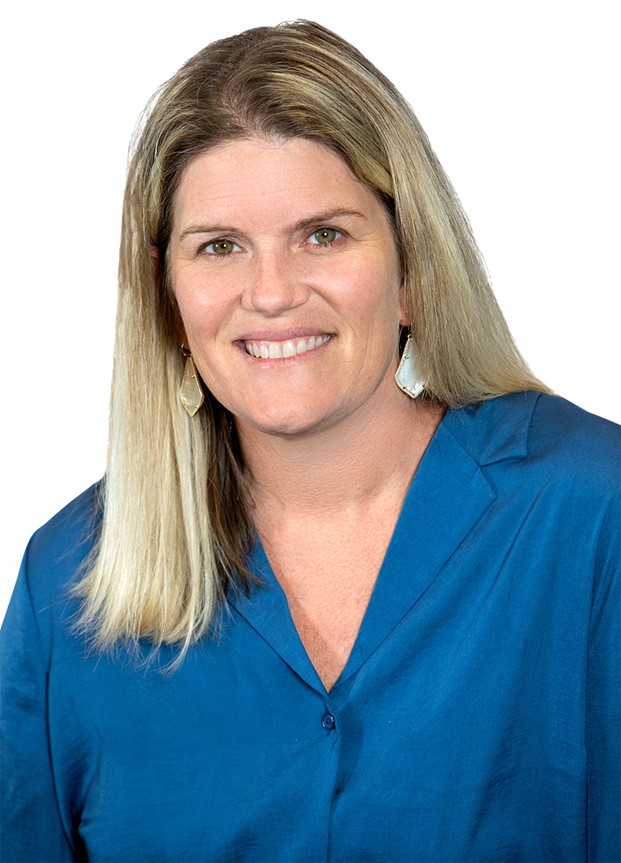By Jessica Edmiston, Senior Vice President of Coding at National Medical Billing Services
Surgeons embrace new technology and highly complex or rare cases. While these challenges help surgeons excel in their field, they can also create coding and billing dilemmas.
New services or procedures that do not have an accurate, descriptive CPT or HCPCS code must be reported to payers using an unlisted code. Private payers may reimburse claims with unlisted codes; however, they may determine payment based on their fee schedule for a comparable procedure or other methodologies. When in doubt on how to submit unlisted codes with private payers, refer to your contract.
For Medicare claims, if there is no billable code you must report an unlisted code. We understand physicians’ frustration in this regard. Using codes “close enough” to the procedure or service performed puts the provider at risk of overpayment due to misrepresentation. It also puts the provider at risk of an audit and possible repayment.
For commercial payers, submitting unlisted codes without proper documentation can lead to claim rejection or denial. Again, review your contracts to ensure you submit all required descriptions and documentation.
We also recommend writing the American Medical Association to advocate for new procedure codes where applicable. Professional membership organizations such as the American Academy of Orthopedic Surgery can do the same.
For all their complexities, submitting claims with unlisted codes will help keep you compliant and alert to the need for new CPT codes.
Unlisted Codes: Background and Billing
The Current Procedural Terminology (CPT®) Manual includes unlisted codes at the end of each anatomy section. They usually end in a -99.
Examples of orthopedic unlisted codes include:
• Endoscopic cubital tunnel release: CPT 29999.
• Manipulation of knee joint when general anesthesia is not used: CPT 29999.
• Arthroscopic gluteus medius repair: CPT 29999.
Claims using unlisted codes must be accompanied by specific information about the service and/or procedure and supporting documentation. That documentation varies by payer. Billing/claims staff should understand each payers’ process for submitting claims with unlisted codes.
Common documentation requirements include:
– A complete description of the nature, extent, and need for the procedure.
– A procedure report.
– A comparable service or procedure code. This information helps determine a fee for the unlisted procedure.
Pre-authorization may be necessary for elective procedures to ensure reimbursement. The prior authorization process does not change when using unlisted codes, but it may require additional work.
In addition to understanding payer processes for unlisted codes, staff must stay abreast of all CPT code changes to include additions and deletions of unlisted code scenarios. The American Medical Association revises the CPT code set annually.
Medicare Recovery Audit Program
Both private payers and CMS audit providers for suspected improper payments, many of them caused by coding errors. CMS has a robust system in place to address improper payments: the Fee for Service (FFS) Recovery Audit Program.
As part of this program, regional Recovery Audit Contractors (RACs) review Medicare claims after payment for suspected overpayments. Medicare administrative contractors (MAC), Unified Program Integrity Contractors (UPICs), and government agencies refer suspect claims to RACs.
To improve the odds of favorable reimbursement, and to lower the risk of an audit, keep these best practices in mind.
Stay aware of procedures with high billing error rates which RACs are required to review. The CMS website publishes a list of Approved RAC topics. Cotiviti, a RAC, also published a list of Approved RAC issues as of October 2020.
Respond to audit and RAC letters by the deadline. Submit all required documentation and/or overpayment by the stated deadline (30 days from the date of the letter). Know that RACs are scrutinizing claims more closely in recent years and they have a high success rate: In fiscal year 2018 (most recent available data) RACs collected more than $73 million in overpayments on more than 56,000 claims. They restored about $7.6 million in underpayments on about 3,200 claims.1
Appeal discrepancies. While strict, RACs are not always correct. Between 2014 and 2016, the American Hospital Association found through its RACTrac survey that of the 45% of hospital respondents that appealed denials, 27% were successful.
Conduct internal billing and coding audits. Internal audits ensure clean records and lower risk of audits from CMS, private payers, and the IRS. Perform billing and coding audits quarterly and resolve any errors.
Medical and technological innovation advance faster than AMA’s CPT manual. By submitting accurate claims with detailed supporting documentation, surgeons can maintain strong revenue and avoid expensive audits.
References:
1. Centers for Medicare & Medicaid Services. Medicare Claims Processing Manual, Chapter 26: Completing and Processing Form CMS-1500 Data Set (Rev. 3637, 10-28-16).Available at: www.cms.gov/Regulations-and-Guidance/Guidance/Manuals/Downloads/clm104c26.pdf.
2. Seema Verma, “Recovery Audits: Improvements to Protect Taxpayer Dollars and put Patients over Paperwork,” CMS.gov, May 2, 2019.
This post was first published April 1, 2021 and was updated July 1, 2022.

